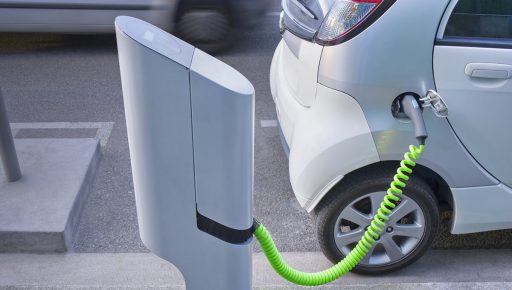
Whatever technology powers them, tomorrow’s batteries are set to speed up the deployment of smart grids and electric mobility.
With electric vehicles (EVs) struggling to take off due to the limitations of their batteries, solar energy generation development being hampered by storage issues, and smartphones sporadically hitting the headlines when their batteries explode, tomorrow’s batteries can’t come soon enough. By overcoming such drawbacks, new technology will free up battery uses and help accelerate the transition to renewable energy. But what will tomorrow’s batteries look like?
“The expected boom in electric mobility in the coming years will be a decisive factor in the development of battery performance and the reduction in battery costs,” says Caroline Chapuis, project manager at Citeos (the VINCI Energies brand which works to transform urban space).
Tesla, the electric vehicle manufacturer which has just opened a Gigafactory meant to produce more than 500,000 batteries in 2018, is looking to drive down prices and increasingly refine the lithium-ion batteries that are now fitted in most EVs and in homes that store renewable energy.
But researchers, such as the Americans from the Joint Center for Energy Storage Research, believe that the Holy Grail lies “beyond lithium-ion” and are trying to make batteries five times more energy-dense at one-fifth of the cost. In France, the CNRS (French National Centre for Scientific Research) and the CEA (French Alternative Energies and Atomic Energy Commission) have developed a prototype based on sodium-ion technology. Less expensive than lithium and around a thousand times more abundant, sodium is a promising avenue.
“Grid parity should be reached in France within the next two years, marking a shift in battery-related uses.”
“Sodium technology is still at the R&D stage,” says Arnaud Banner, technical director at the brand Omexom (VINCI Energies), who does not believe in the battery “Big Bang”. He rather sees the development of energy storage-related uses as a gradual evolution of batteries rather than the effect of a technological leap.
“The cost factor will be key. Due to the drop in battery prices and the foreseeable rise in grid tariffs, grid parity (when the cost of producing self-generated energy becomes equal to the average price of buying power from the electricity grid) should be reached in France within the next two years. This will mark a shift in battery-related uses. In Germany, which has already achieved grid parity with a kWh price of 29 cents, sales of home batteries have soared,” he adds.
“Self-consumption of energy, through a mix of batteries and solar PV, is a reality in Germany and the south of France,” points out Arnaud Banner. And improvements in power storage will make it possible to initiate collective self-consumption schemes: in a neighbourhood fitted out with accumulators, residents who sign up to the service will have access to stored electricity, sourced from solar PV or from the grid.
“All that remains is to find solutions for recycling the increasing stock of batteries,” notes Arnaud Banner. Indeed these could go on to have a second life in the building sector.
20/03/2017


